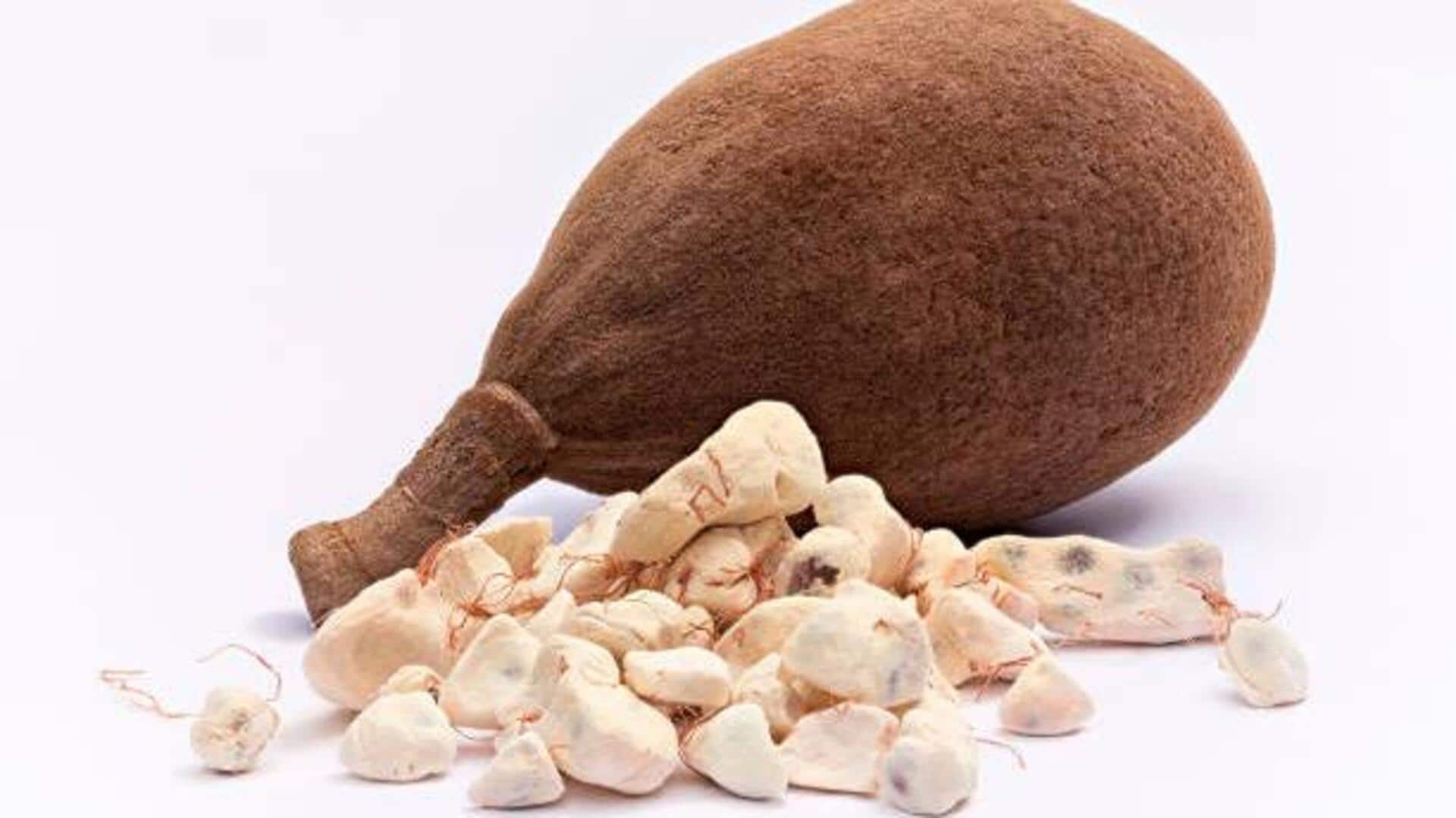
Why the baobab superfruit is the next big thing
What's the story
The African baobab superfruit is becoming a craze for its amazing nutritional profile and health benefits. Popularly called the "tree of life," the baobab tree bears an exceptional fruit packed with vitamins, minerals, and antioxidants. This nutrient-rich fruit has been utilized for centuries in African traditional medicine and cooking. With the rising interest in natural health products, the baobab superfruit is taking the world by storm for its potential to enhance overall health.
Nutrients
Nutritional powerhouse
Packed with essential nutrients, Baobab fruit qualifies as a superfood. It has high levels of vitamin C, which boosts immune function and skin health. It also provides calcium for strengthening bones, potassium for healthy heart, and magnesium for muscle function. The fruit even provides dietary fiber, which helps digestion and keeps healthy blood sugar levels in check.
Antioxidants
Antioxidant benefits
The baobab fruit is loaded with antioxidants that protect cells from damage caused by free radicals. These antioxidants can minimize oxidative stress in the body, thereby reducing the risk of chronic diseases like heart disease and cancer. The high antioxidant content also benefits skin health by promoting the production of collagen and reducing signs of aging.
Culinary uses
Versatile culinary uses
Thanks to its mild citrus flavor, baobab powder can easily be added to a number of dishes. You can add it to smoothies or yogurt or oatmeal to give yourself a nutritional boost. Or, use it as a natural sweetener in your baking recipes. Its versatility makes it an amazing addition to sweet as well as savory dishes. It enriches their nutritional value.
Sustainability
Sustainable harvesting practices
The harvesting of baobab fruit also helps sustainable agriculture that works wonders for African communities. The trees aren't felled for harvesting, instead, fruits are picked when they fall naturally from mature trees. This way, it is a long-term sustainable practice and also provides a source of income for farmers dependent on this valuable resource.